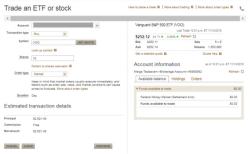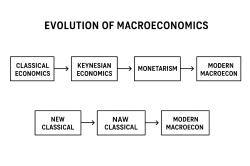What is inventory accounting method?
Inventory accounting methods are the set of rules and procedures used by businesses to track and manage their inventory, which consists of the goods and products a company holds for the purpose of resale or production. Proper inventory accounting is crucial for financial reporting, tax purposes, and overall business management. There are several inventory accounting methods, each with its own approach to valuing inventory and calculating cost of goods sold (COGS). The main inventory accounting methods include:
FIFO (First-In, First-Out):
- FIFO assumes that the first items purchased or produced are the first to be sold. In other words, the oldest inventory is considered to be sold first.
- This method is often used in industries where products have a short shelf life or where it's essential to track the cost of selling the most recently acquired inventory.
LIFO (Last-In, First-Out):
- LIFO assumes that the most recently acquired or produced items are the first to be sold. This means that the cost of goods sold reflects the most recent costs.
- LIFO is typically used in industries where prices are rising, as it can result in a lower taxable income by matching higher current costs with revenue.
Weighted Average:
- The weighted average method calculates the average cost of all units of inventory on hand. It considers both the old and new inventory to determine the average cost per unit.
- This method is straightforward and is often used in industries where the cost of inventory items remains relatively stable.
Specific Identification:
- Specific identification involves tracking the cost of each individual inventory item separately. This is most common in businesses with high-value or unique items.
- It provides the most accurate reflection of inventory cost but can be complex and is often reserved for high-value items like jewelry or automobiles.
The choice of inventory accounting method can have significant financial implications for a business, including its reported profits, tax liabilities, and the valuation of its assets. Therefore, businesses must select an inventory accounting method that aligns with their industry, business model, and financial goals. Additionally, the chosen method must comply with accounting standards and tax regulations in their jurisdiction.
It's essential to note that once a business selects an inventory accounting method, it should be consistently applied over time. Changing the method may require approval from tax authorities and can have tax consequences. Businesses should consult with accounting professionals or financial advisors to determine the most suitable inventory accounting method for their specific circumstances.











